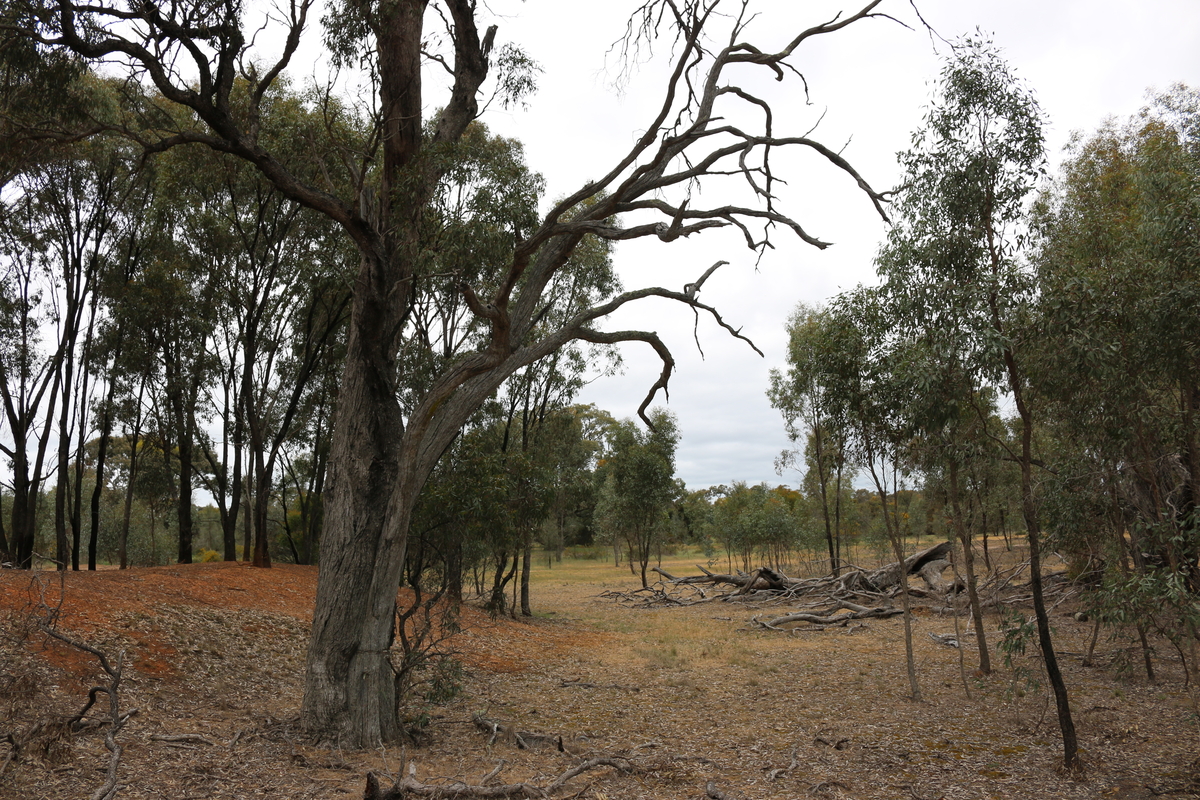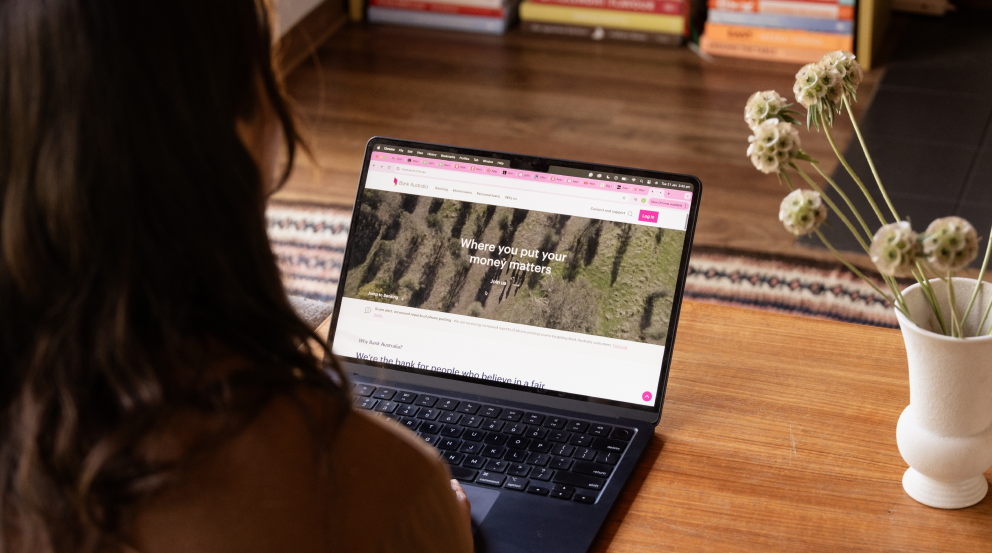When a Bank Australia customer asked to transfer $250,000 out of their bank account, contact centre team member Natalie thought something sounded a bit fishy. She was right. Here is how the BA fraud team stopped a scammer in their tracks.
The call
Natalie was only three weeks into her new job at Bank Australia’s contact centre when a standard customer inquiry took an unexpected turn. “A customer called and asked to transfer $250,000 into an account he held with another bank,” she says. While transfers are not uncommon, moving such a large amount is.
“We have a clear process to follow for transfers, so I started going through the usual questions,” Natalie says. Everything seemed above board, until she asked the customer what they wanted to put as the reference for the transaction. After initially choosing a nondescript word, he later asked to change the reference to a very specific number.
“This was an immediate red flag,” explains Natalie, “so I asked him why the sudden change, and what this number meant.”
His reply? “They told me to do it.”
“As part of our due diligence we have to ask customers why they want to transfer money, and when I did so early in the transaction, the caller was quite reluctant to divulge any information,” explains Natalie. While it’s understandable and common that customers want to protect their privacy, the question is designed to help pick up any warning signs and identify potential scams. Having noted a number of red flags already, Natalie asked the customer again and tried to find out who “they” were.
An unnervingly common story emerged.

The scam
The customer revealed that he had recently been contacted via phone by someone claiming to represent another “bank” offering a term deposit with a great interest rate. Over the course of that phone call – a textbook example of phone-phishing – the customer had divulged financial information and his address. Not long after this first contact, a letter arrived on an official letterhead from the supposed bank outlining “the offer”.
“Effectively, the scammer had said that all our customer had to do was transfer $250,000 to a bridging account with another bank – which they claimed would be set up in his name – and from there, the money would be transferred again into an overseas bank term deposit account.”
The response
Through her fraud training, Natalie immediately recognised that the Bank Australia customer had been caught up in a phone-phishing scam. She escalated the call to her manager and the fraud team. From there, the customer was advised to ring the other “bridging bank” directly to confirm whether or not he really was a customer. Bank Australia temporarily zeroed the customers transfer limit in case the scammer was still at work, and a note was put on his account in case he called another agent to process the transfer.
“I received the email from Natalie and read it straight away,” says Bank Australia fraud expert Tara. “It was very clear this was a scam – and unfortunately, it’s quite common and can be hard to pick up. So kudos to Natalie for noticing the subtle red flags, because these conversations are hard to have. And in this case, our customer confirmed he was being scammed and, thanks to Natalie, didn’t lose $250,000!”

Bank Australia are here to help
It’s not just the fraud team who are working to protect your money, explains Tara. Contact centre employees are given three weeks intensive training with a deep focus on scams before they start on the phones. Part of training has them listen back to calls from customers who have been caught up in a scam. This way, they learn to identify warning signs and pick up small changes in customer behaviour that might indicate something is amiss.
For this process to work effectively, however, customers need to be as forthcoming as possible with Bank Australia employees when making transfers. “It can be hard,” says Tara. “Often customers can be – understandably – quite defensive when they are asked things like why they are transferring their money, and to whom. Or in the case of crypto, how much research they may have done. But it’s important for them to know that we ask these questions only to protect them. Our only concern is if you are being defrauded.”
How to protect yourself from banking scams
It sometimes feels like scammers are everywhere, but Bank Australia has a few steadfast tips to avoid falling for most of the common scams around. These include:
- Never give out your personal identification details.
- Never share your one-time passwords.
- Call the person/company to verify.
- If you’re unsure, hang up.
- Educate yourself and those around you.
Check out more useful tips to protect yourself against scams.








